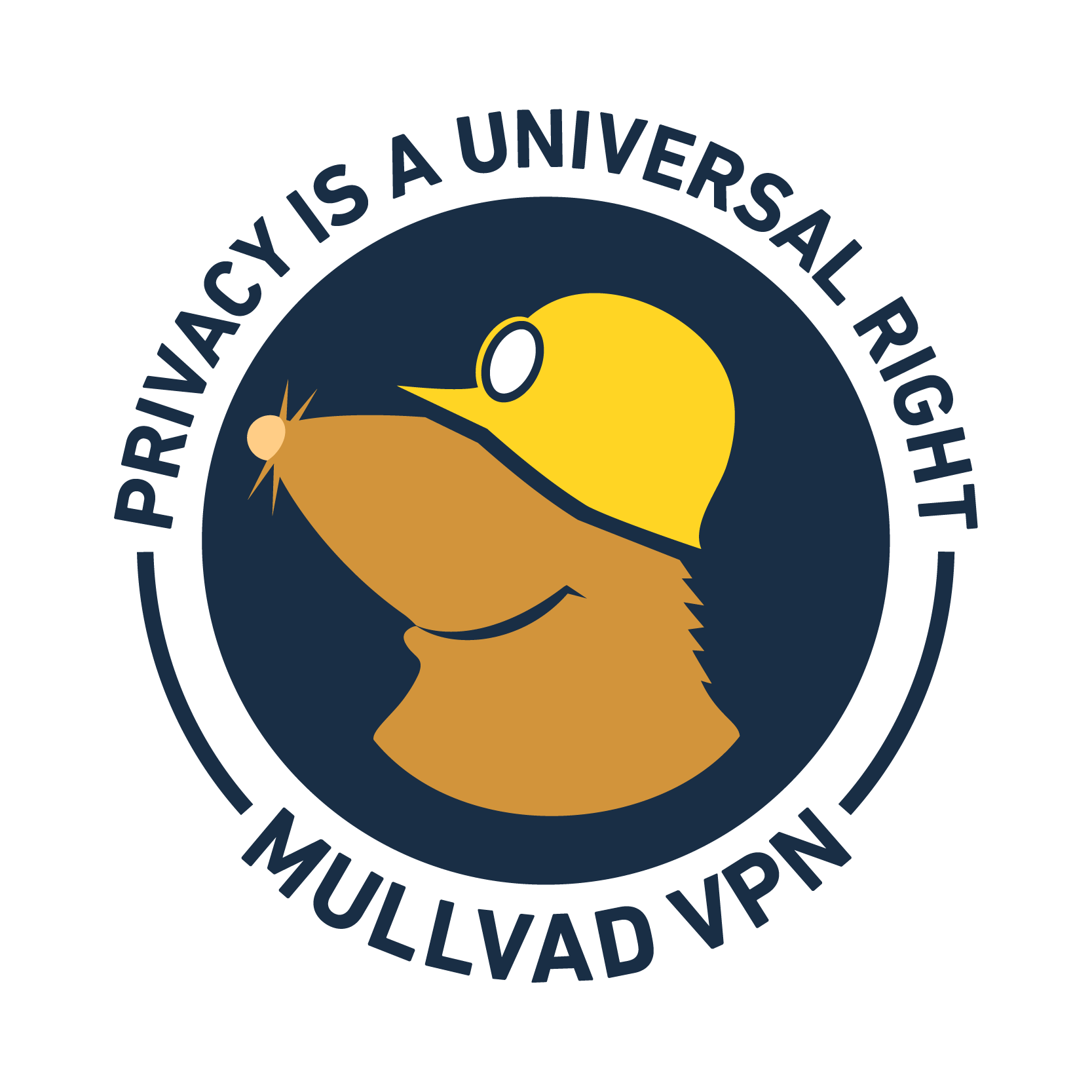Because OpenVPN is fiddly to set up and modern Wireguard setups seem to scale well enough.
I remember maybe 12-15 years ago, setting OpenVPN on my TomatoUSB flashed router, invoking all kind of openssl command to generate certificates, keys, signing stuff, setting the router, setting the TAP/TUN clients etc. but once setup it works for years on my laptop, phone, etc.
Now with WG I basically scan on my phone a QR code generated on my Merlin router and that’s it.
Try openwrt, ddwrt is cancer.
What? Why?
I used to use ddwrt until I didn’t have a router (forced by cablemodem that I couldn’t modify)
But then I got fiber with a bridge and discovered OpenWRT and it was so incredible.
So much more capable and such a better more competent community.
Much more competent and ethical leadership that doesn’t violate the GPL.How it works, just made more sense to me, there are so many feature I never want to lack in a router and frankly I wish I had in every linux distro.
One of my absolute favorite thing about it, is that anything you click in the web interface, is a command run in the underlying system.Here I am setting a DHCP tag, which makes it so that all computers with a certain MAC address will receive a non-routing gateway, cutting them off from the internet. I use this to stop my TVs and VMs from connecting to the internet without having to deal with a bunch of static IP addresses and that whole firewall tedium.
Notice how it’s giving me the exact commands

And the WebUI shows you all the commands before they run it. Not only that makes understanding how the system works underneath. It makes it very easy to reproduce all the same configuration using bunch of commands you can paste from a text file !
Recently I wanted to turn older such routers into dumb wifi access points and they were all mostly the same, so I just flashed them and then ran a series of commands that I learned from the Web UI, with just some things tweaked for each device.
For me that feature alone makes the difference, but also the sketchiness of ddwrt with regards
I think ddwrt gets love because ANYTHING is better than the awful, unreliable stock and locked down web user interfaces on routers. But between ddwrt and openwrt, I think it is no-contest, openwrt is the best choice between those two.
Here is a bunch of articles more about this
https://wi-fiplanet.com/the-dd-wrt-controversy/
https://hackaday.com/2011/09/21/modifying-dd-wrts-protected-gui/
https://ebb.org/bkuhn/blog/2009/12/06/anatomy-gpl-violation.html
https://www.linksysinfo.org/index.php?threads/fresh-tomato-vs-openwrt-vs-dd-wrt.76178/
https://old.reddit.com/r/openwrt/comments/ld05u6/whats_the_difference_openwrt_ddwrt_tomato_opensan/
https://old.reddit.com/r/HomeNetworking/comments/9hk0lm/is_ddwrt_no_longer_recommendedgeneral_opinions_on/
https://www.raspberrypibox.com/dd-wrt-vs-openwrt/
https://news.ycombinator.com/item?id=8060911
https://old.reddit.com/r/HomeNetworking/comments/j5u3kf/why_is_ddwrt_such_a_pain/
https://old.reddit.com/r/linux/comments/3skn25/fcc_we_will_not_ban_ddwrt_on_wifi_routers/Huh. Alright, that’s pretty convincing. Thanks.
can’t with broadcom
I hear you, I also have broadcom ewaste, a Trident 2+ switch running open switch and I can never upgrade the debian 9 OS running kernel 4.9.
I had to create a QEMU VM, put proxmox on it and put openwrt into an LXC in that to make it work. Our technology landscape is completely ducked.
Urgh, I don’t really have time to do this migration but guess I’m planning it in anyway.
Past me was a lazy bum. But I’m confident that future me is all over this. Time for a nap.
A bit annoying for all the things that don’t support openvpn, like old Synology NAS devices.
You can install a wireguard spk from blackvoid - Wireguard SPK for your Synology NAS.
Oh that’s interesting, though my model isn’t on the list ;(
This post makes it look like there’s something serious ly wrong with openvpn, but it’s just them not wanting to deal with it and deprecating it.
Oh well, guess Ill put a note not to use them. My country blocks VPN protocols and wg specifically, so for my usecase I need as many protocols supported as possible, preferrably mimicking other innocuous protocols.




